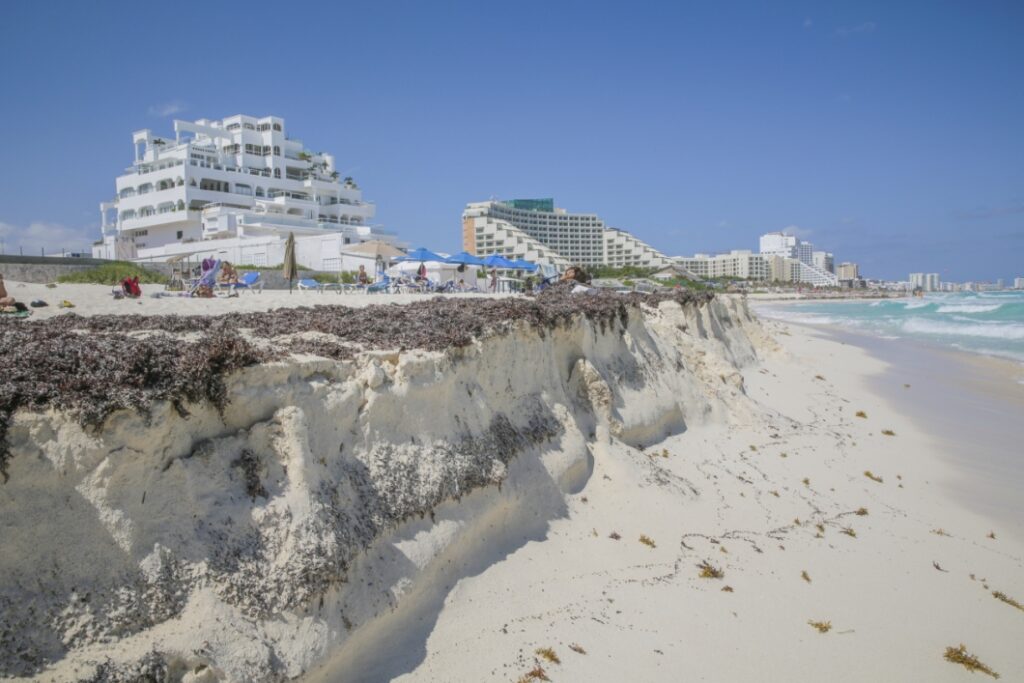Sea-Level Rise
Global sea level rise (SLR) is caused by two main factors: thermal expansion and increased melting of ice sheets. The IPCC reports that global sea-level rise has accelerated to 3.25 mm per year since 1993. By 2100, sea levels are expected to rise by 0.43 to 0.84 meters. ref
Some scientists argue that, at current rates, sea-level rise will have minimal impacts on coral reefs, as coral growth and reef accretion might keep pace. However, other research indicates that overall reef accretion may be significantly slower than the growth of individual coral colonies, ref suggesting that most reefs may lack the capacity to compensate for SLR. ref Additionally, other stressors—including rising sea temperatures, ocean acidification, disease, and overfishing—pose further challenges that could hinder corals' ability to keep up with rising sea levels.
Ecological and Socio-Economic Impacts
At local scales, SLR may cause increased sedimentation due to shoreline erosion, which could smother reefs or reduce sunlight needed for photosynthesis. SLR could also inundate and erode coastal habitats such as mangroves and nesting sea turtle beaches.

Beach erosion in Cancun, Mexico. Photo © Jesse Festa
Currently, more than 2.5 billion people live within 100 km of the coastline and 898 million in the low-elevation coastal zone globally. ref Just like tropical storms and precipitation, sea-level rise has direct impacts on coastal communities mainly through coastal erosion which can lead to the destruction of homes, land, infrastructure, and contaminate drinking water and agricultural lands.
Sea-level rise is already impacting ecosystems, human livelihoods, infrastructure, food security and climate mitigation at the coast and beyond. Ultimately, it poses a serious threat to the existence of cities and communities in low-lying areas, as well as to entire island nations and their cultural heritage. ref
